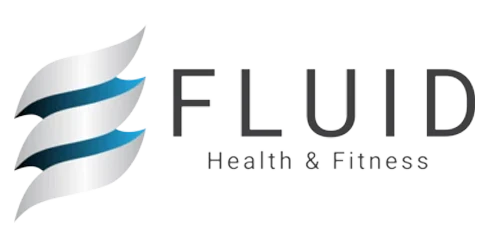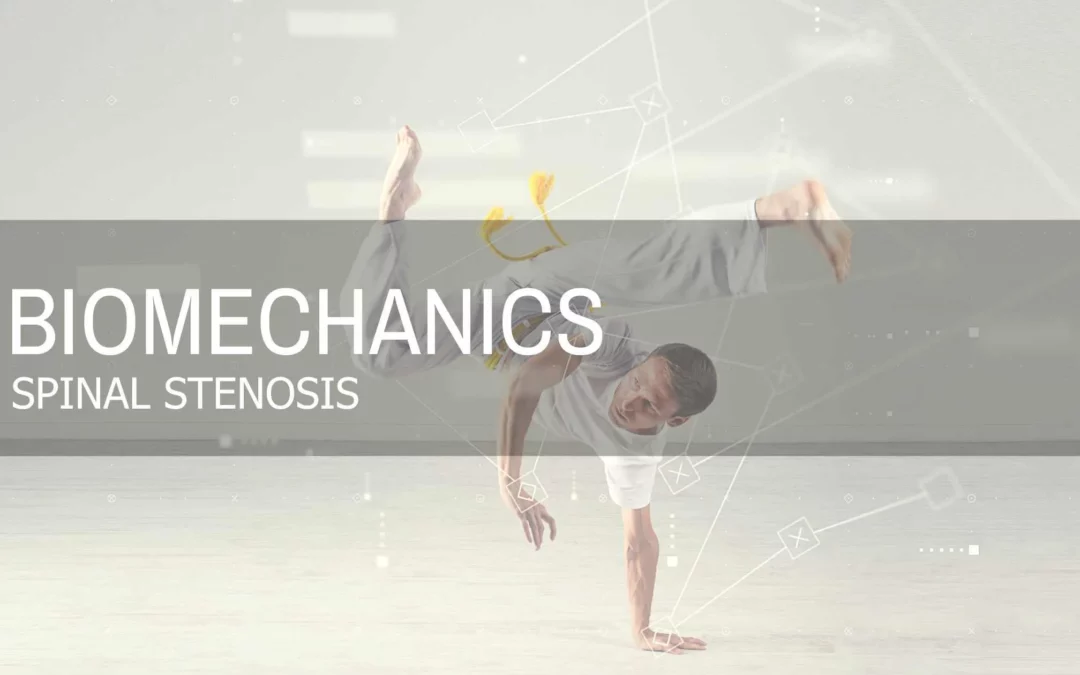Spinal stenosis refers to a medical condition where there is a narrowing of the vertebrae, more commonly affecting the cervical (neck) and lumbar (lower back) areas. This puts extra pressure on the bones, nerves and the spinal cord. As a result, it can cause tightness, pain, numbness, or weakness in the limbs.
How Does This Happen?
Spinal stenosis is often the result of the natural aging process as well as arthritis. Additionally, people who have a narrower spinal canal, neuromuscular disorders that affect the spine, bone tumors/disorders or have suffered from back injuries are more likely to get this condition. To note, because of the narrowing of the spine, it is important to avoid high impact activities (such as running), stretching while standing, walking and standing for prolonged periods of time, and hyperextension exercises focused on the spine. These things will compress the spine even more and may further compound the problem.
Signs of Spinal Stenosis
- Tightness, pain, numbness, or weakness in the limbs and butt
- Pain in the neck
- Lower back pain while walking and balance problems
- Incontinence and the frequent urge to pee (in severe cases)
How Do You Fix It?
To address spinal stenosis, it is important to focus on decompressing the spine to relieve the pressure and symptoms. We would recommend the following exercises:
- Release – quads & lats
- Activate – TVA Transversus Abdominus / 4-Point Cat-Cow
- Integrate – anterior oblique sling / standing oblique band rotations
- Strengthen – Erectors / Laying prone cobra




